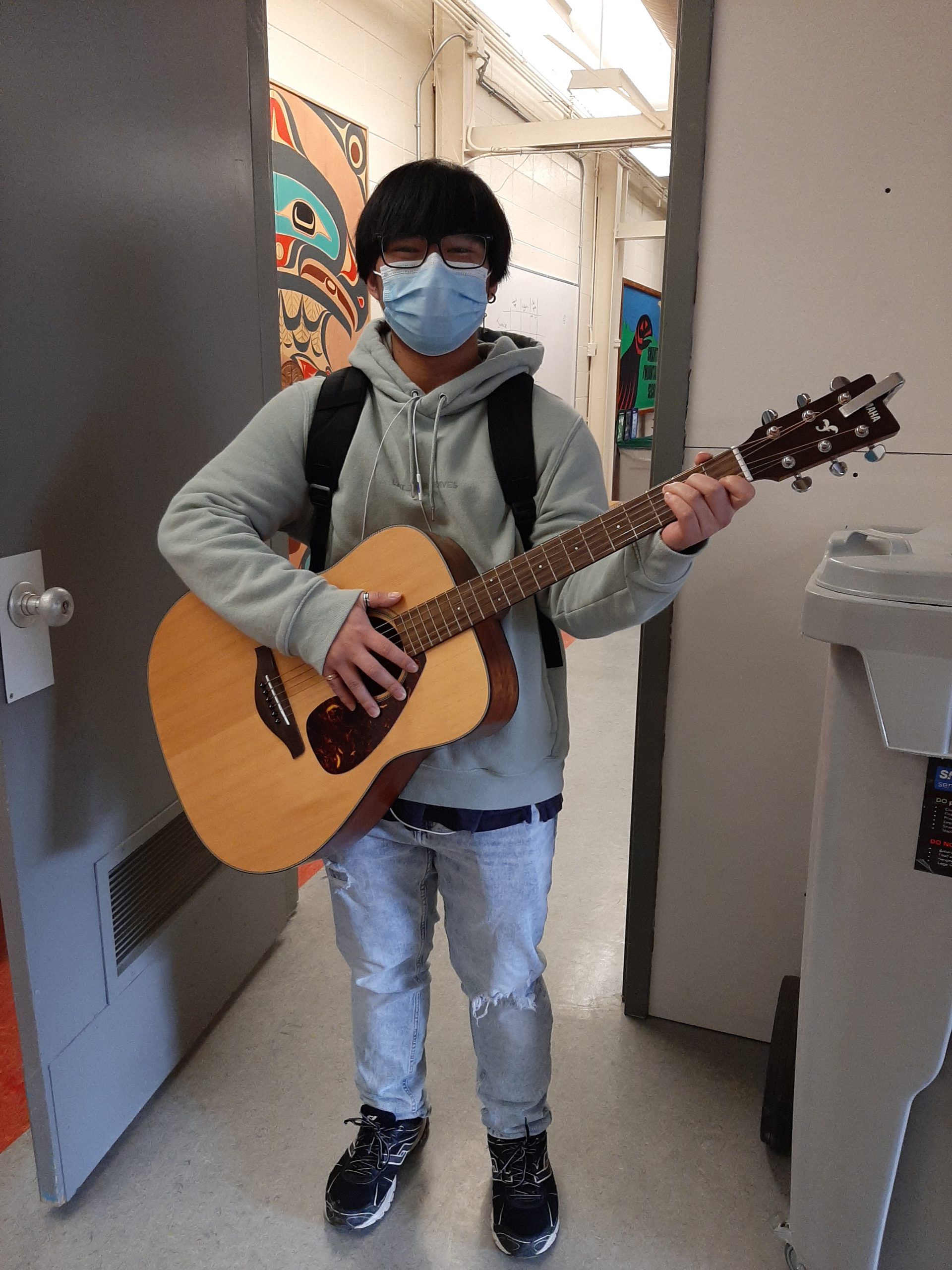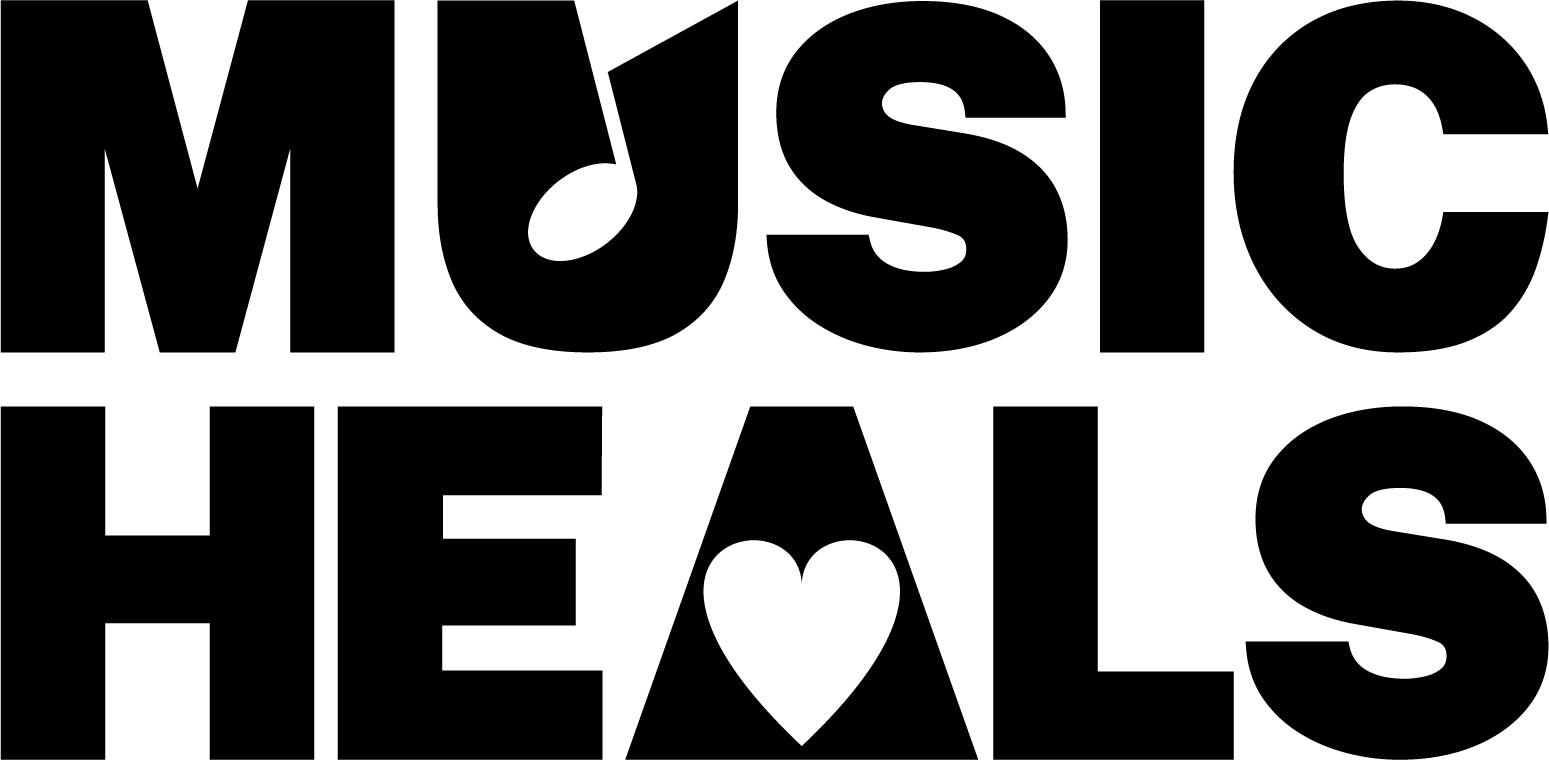The Rhythm & Word Music Therapy Program can help students succeed academically in high school
May 12, 2021

There are many challenges students face that may create barriers between them and their learning outcomes. Whether it be financial, mental health, family, or learning-related difficulties, music therapy can help students with behavioural and social needs. Music therapy may be eligible for high schools and students if an assessment concludes that it would help students in achieving their goals.
It is difficult to understand what students are going through and even harder to get them to speak about it. Being thrust into a building filled with students who are all dealing with their own issues and expecting an overall positive experience from everyone is unrealistic, which can cause a disconnect between students and the education system. But the music therapy program offered at Mountainside Secondary allows students to learn new ways to communicate, find relief in healthy ways, and reconnect with their peers and themselves. It also refocuses the mind and teaches adolescents to stop worrying about things out of their control and think about the things in their life that they can change.
Students in high school who have experienced bullying for their race, gender identity, sexuality, appearance, etc., may feel that their originality and ability to express themselves are stripped away. Through the music therapy program, these students, who may either feel their creativity is being silenced or lack the resources to be creative, can finally feel like they have a place where they can be themselves. Mika, one of the students in the music therapy program at Mountainside Secondary, shares: “I have a chance to express myself with the electric guitar.”
Music therapy goes deeper than learning how to play instruments; it creates a comforting environment for students to voice their deepest emotions, work through their insecurities, and improve their mental health. Having this space allows students to then go into traditional classrooms with newfound confidence, autonomy and relief, so that they can focus on their academics rather than be distracted by the harder parts of their life.
Every student learns differently
The four years a student spends in high school is an influential time in a person’s life, and it is a time that students may either consider the “best of their life” or struggle greatly. Individuality is an important thing for schools and teachers to welcome when teaching adolescents, because every student has a different learning style. Some students learn better visually and struggle to retain information in traditional lecture-style classes where they are expected to only listen for an extended period of time. This can cause frustration, which can then lead to students skipping classes, getting poor grades, or leaving school unprepared for the next phase in their life.
Music therapy is especially helpful for students who are physical learners or kinesthetic-tactile learners – students who learn by doing. It is not often that classes in high schools offer students the chance to do that. However, at Mountainside Secondary, music therapy offered students like MJ, Lauryn, and Mika the benefit of relief and self-expression. MJ commented on the music therapy program, saying, “it’s so nice to be able to take a break from class and focus on music for a change. I find it’s an amazing stress reliever.”
This program motivated them to show up for school, and even prompted them to show up early in anticipation for the program, despite their disinterest or frustration with their regular classes. Because of the difference in learning styles, students that are thriving in school and are naturally auditory or visual learners are usually not the ones skipping or failing classes. That is why music therapy targets the students that need the extra motivation and engagement in other activities to succeed.
Catering to every students’ learning style would be challenging in a traditional school setting, where every classroom holds twenty or more students who would not all have the same preferred learning style. Therefore, that is why it is important to have programs outside of the classroom, like music therapy, to motivate students and provide an outlet for hyperactive teenagers who are often frustrated or have symptoms of depression and anxiety.
Different ways that students with learning challenges benefit from music therapy
Music has a way of affecting us in different ways. It increases self-awareness, autonomy, self-esteem, and allows for emotional expression, which are not always common things that you can find in a high school setting. Some experiences during that time of someone’s life may even stifle all those things out of us.
In the music therapy program at Mountainside Secondary, students that show an affinity for singing usually find themselves being able to connect with others more fluidly and learn how to communicate through speech more effectively. Having the ability to write or analyze lyrics can greatly benefit their analysis skills for other courses as well as their writing skills, and playing an instrument can help with rhythm and motor behaviour.
All these exercises and music styles in music therapy can help with a student’s memory for song, which leads them to improving their memory overall. This can benefit them in their academic studies as they are able to use the same techniques. It also helps them with respiration patterns, learning how to breathe when singing, which can help students calm down their breathing and therefore their anxiety in stressful situations. These exercises also improve muscular relaxation, which is especially useful for adolescents who struggle sitting still for class.
It is a common challenge among high school students to navigate four years of feeling misunderstood and lacking the ability to communicate their frustrations and needs. The ultimate goal with music therapy is not only to help students perform better academically, but to also find some mental, emotional, and physical relief from overwhelming circumstances so that they may go forward to succeed in whatever area they wish to succeed in.
By instating music therapy programs in every high school, other adolescents like MJ, Mika, and Lauryn will be able to discover themselves, find comfort and confidence in their individuality, and better their learning outcomes in traditional classrooms.
_______________________________________________________________________________
Written by Natalia Ortiz




